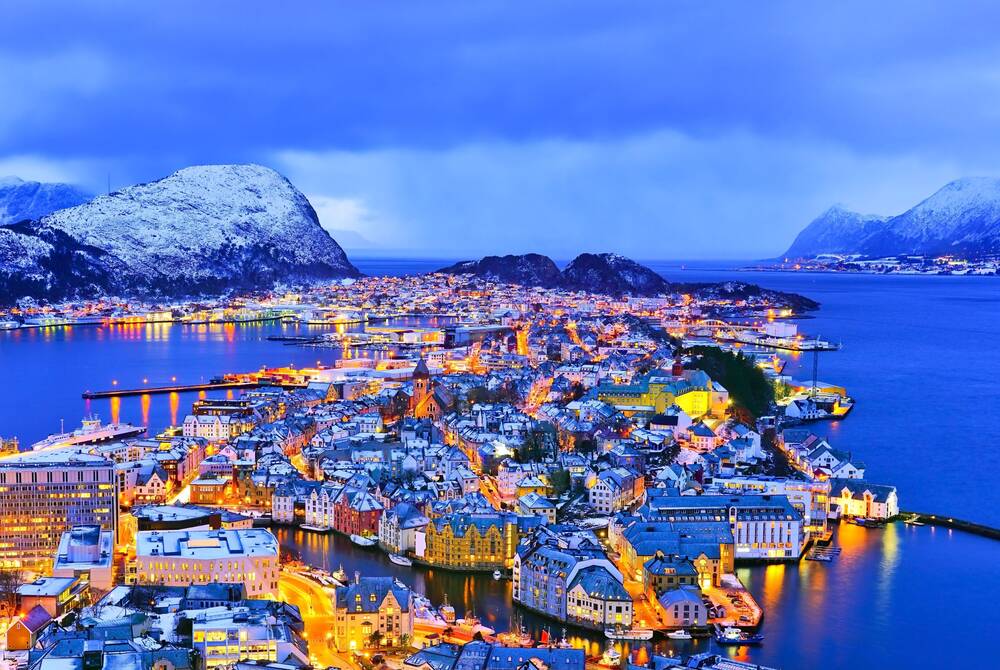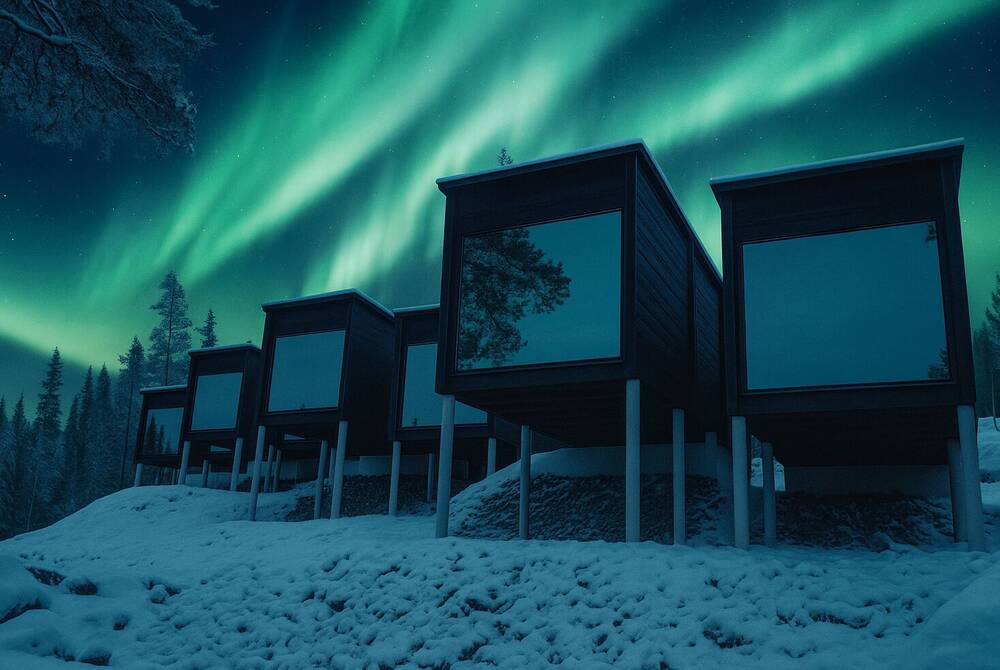Aurora hunters take note – 2024's 'Solar Maximum' means this is a year of heightened solar activity, making the Northern Lights especially bright and visible. We bring together the science behind the phenomenon and the reality on the ground when it comes to spotting this extraordinary phenomenon.

The Northern Lights as seen in northern Sweden
What is the 'Solar Maximum'?
In simple terms, electrically charged gases on our sun generate a magnetic field as they move around. This movement happens in cycles, and these cycles are called a solar cycle, which usually has a duration of anything between nine and fourteen years. The 'Solar Maximum' refers to the highest peak of activity from our sun during this solar cycle. This peak of enhanced solar activity can last a number of months or even years. The current solar cycle is forecasted to peak in 2024 and likely into 2025.
Why does it matter?
The aurora we see in the night sky is caused by this solar activity on the surface of the sun. When huge clouds of these electrically charged particles are blown out into space, some travel millions of miles towards Earth and may even collide with our planet. Most of these particular are deflected away, but some are captured by the Earth's own magnetic field, travel into the atmosphere and are attracted towards the north and south poles (this is also why the Northern Lights are concentrated at the magnetic poles). These sun particles then collide with other atoms and molecules in the Earth atmosphere, heat up, and then glow as a result.
A Solar Maximum means more of these particles are blown towards Earth, which in turn means that the Northern Lights occur more often, are more intense, last longer and can even extend to lower latitudes – all of which means that if your dream is to see the Northern Lights, it looks like 2024 could be the year to do it!

The aurora can be visible in many colours and varying intensities
Where and when can I see the aurora in 2024?
Of course, even though this year's Solar Maximum means greater frequency and intensity, the usual advice for seeing the Northern Lights still apply – you'll need to be visiting the right locations (within the auroral zone), travelling away from any light pollution and ensuring you have cloudless skies. It is also important to travel at the right time of year. The aurora can be seen across Scandinavia anytime from around the end of August to the beginning of April (though this does vary by location).
The good news is that there are plenty of places to see the Northern Lights within Scandinavia and the Nordics. As long as you are within the auroral zone – we usually recommend best sightings within the Arctic Circle – you can pick from the likes of Norway, Sweden, Finland, Iceland and Greenland. Your best shot is seeing them somewhere rural and remote, away from the light pollution of any cities or towns. But, whether you wish to stay in a remote lodge, cabin or hotel, or simply stay in a town or city, we can find you the suitable excursion to take you our into the wilderness for your aurora-spotting experience. To learn more about the best places to spot the Northern Lights this year, visit our helpful guide.

Witness the Northern Lights during autumn


